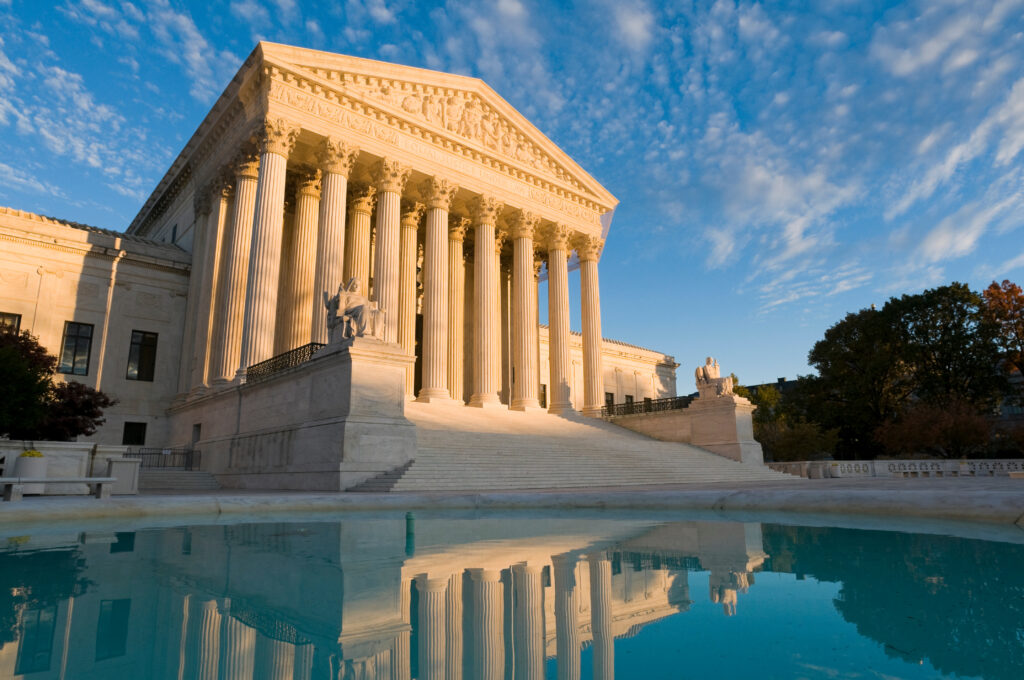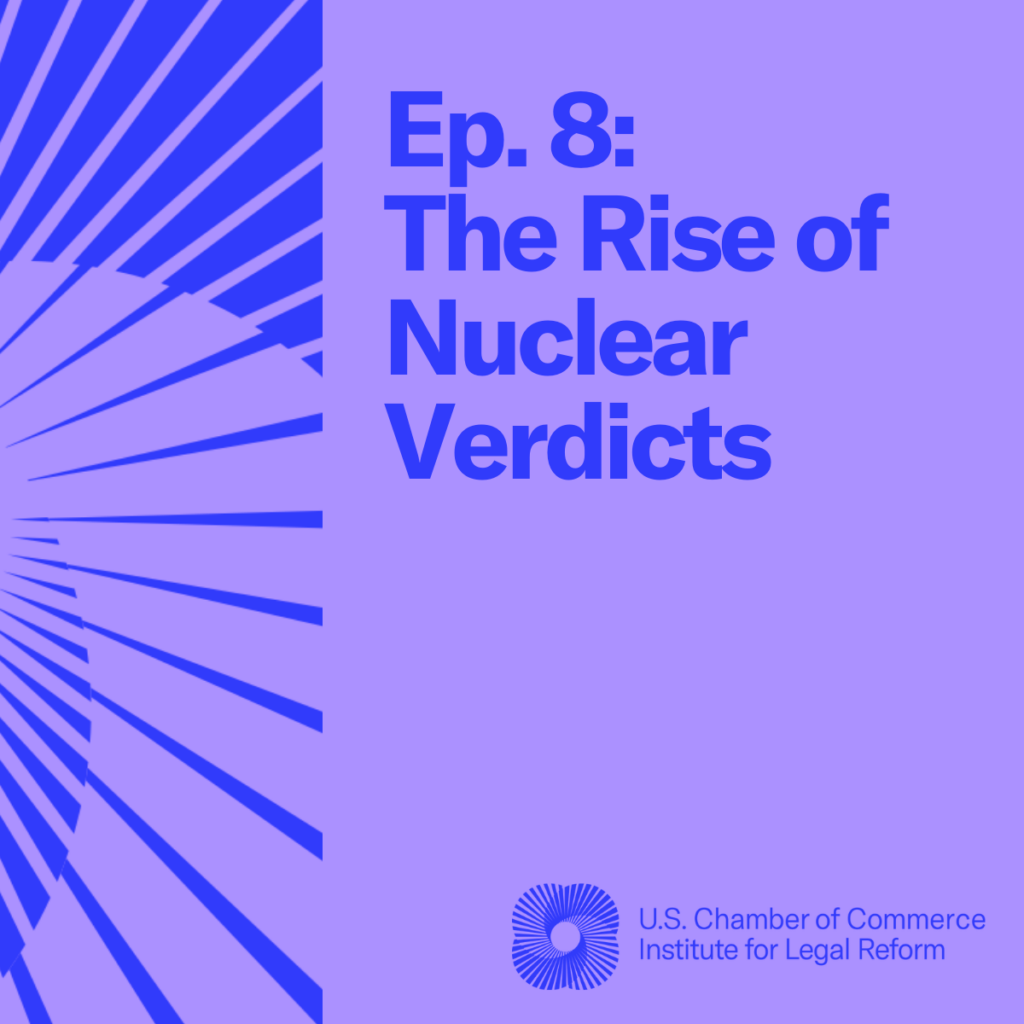Multidistrict opioid litigation is once again being used to the advantage of plaintiffs’ lawyers. This very serious issue requires a victims-first approach, not a plaintiffs’-lawyer-payday-first approach.
Multidistrict litigation (MDL) is used to consolidate large numbers of similar lawsuits into one bundled lawsuit that a federal judge oversees during pretrial. The individual cases then get sent back to their respective originating courts. However, plaintiffs’ lawyers have been using MDLs to litigate questionable or meritless claims hoping that the large number of cases will pressure defendants to settle before ever making it back to the originating court. Now, plaintiffs’ lawyers in Ohio are cashing in on an additional advantage. The federal judge from Ohio who supervises multidistrict opioid litigation had ordered a certain percentage of future opioid settlements to be set aside for plaintiffs’ lawyers who have similar cases outside the MDL.
Judge Polster’s recent order requires a 7.5% portion of future settlements in opioid lawsuits to be deposited to a “common benefit fund” that would help multidistrict opioid litigation plaintiffs’ lawyers with expenses.
According to a Law 360 article, a petition asking the Sixth Circuit court to vacate much of the recent order was joined by more than 500 cities and counties from Arkansas, New Mexico, South Carolina, and Texas.
The Law360 article explained, “the petition sought a writ of mandamus “requiring that the district court … vacate its order obstructing discovery in petitioners’ state court cases and requiring that settlements and judgments in these state cases be paid in part into a federal court fund.” It alleged violations of due process, the Anti-Injunction Act, and state laws, among other things.
This new order diverts more settlement money away from victims and funnels more money to the plaintiffs’ executive committee (PEC) lawyers. The data described in the petition shows that “the PEC has already been reimbursed a thousand times over.”
This is not the first time Judge Polster has favored plaintiffs’ lawyers in opioid lawsuits. According to a 2020 Legal Newsline article, a federal appeals court admonished him as he oversaw thousands of opioid lawsuits against retail pharmacy chains. The appellate court said he overstepped his authority by allowing plaintiffs to amend their claims to include allegations pharmacy chains improperly filled prescriptions for narcotics.
The U.S. Court of Appeals for the Sixth Circuit stated that Judge Polster “was plainly incorrect as a matter of law” when he allowed two Ohio counties to add dispensing claims to lawsuits against several pharmacies more than 18 months after the deadline for changes had passed.
While MDL judges are supposed to help streamline litigation and organize pretrial activities, these judges hold enough power to help coordinate settlements. According to an ILR research report titled MDL Proceedings, MDL proceedings are morphing from a procedural device intended to create efficiencies in civil litigation (particularly pretrial discovery) into lawsuit magnets through aggressive advertising and highly sophisticated client recruitment strategies by plaintiffs’ lawyers. Due to the sheer number of cases that plaintiffs’ lawyers can accumulate, defendants have a difficult time fairly defending themselves without risking bankruptcy. It certainly does not help when judges show bias towards plaintiffs’ lawyers.



